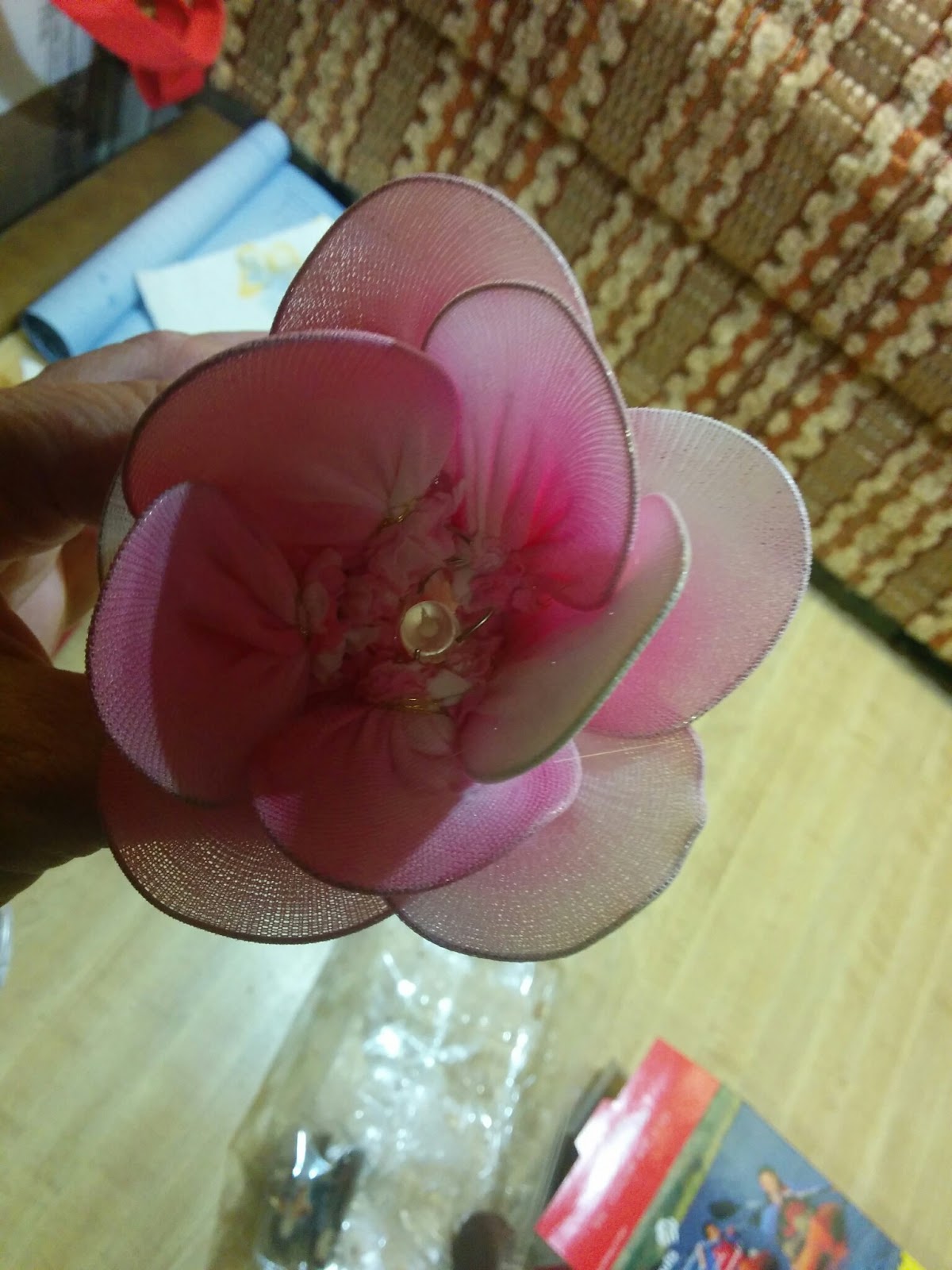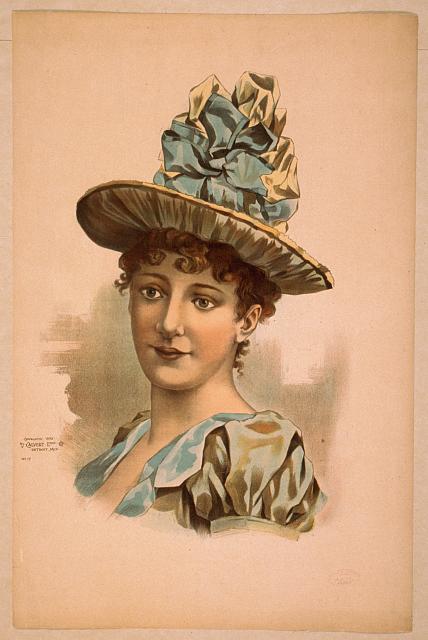For the last several years, I've volunteered at University of Vermont Engineering Day during Engineering Week. Unfortunately, UVM no longer host this one day event, and I have heard that many Vermont school's are hosting their own Engineering Day. If you are one of these schools .. or if would like to be, you should check the DiscoverE site which is filled with resources that might help you host your own event during Engineers Week.
On this site you will find lots of activities ranging from videos to hands on activities that you can search by using their filter to find the resource that best fits your need.
The DiscoverE site is organized to be a place where volunteers and educators can get the resources they need to to talk to kids about engineering. It includes self-guided tutorials, presentations, PDF's and more.
One of my favorite resource that the folks at DiscoverE offer is poster that includes five powerful messages to use when talking to girls about engineering. To some it may seem that these message go without saying...but they don't. These are exactly the messages that need to be highlighted to make sure your message connects with today's techsavvy girls. Many of us have preconceptions about engineering that might discourage our girls from considering engineering as a career. Pointing out the different type of opportunities for helping others in all types of fields and to work as teams and to be creative and ask so many different types of questions can make a big different.
What we say and how we say it matters.
Along with the infographic, the site offers a series of videos that can help break down preconceptions about engineerings and bring out some of the lesser known parts of engineering that girls might be more apt to connect with.
Check out the whole series of Bring It Out videos this week or any time you have the opportunity to talk to a girl about engineering opportunities.
Check out the whole series of Bring It Out videos this week or any time you have the opportunity to talk to a girl about engineering opportunities.
















































